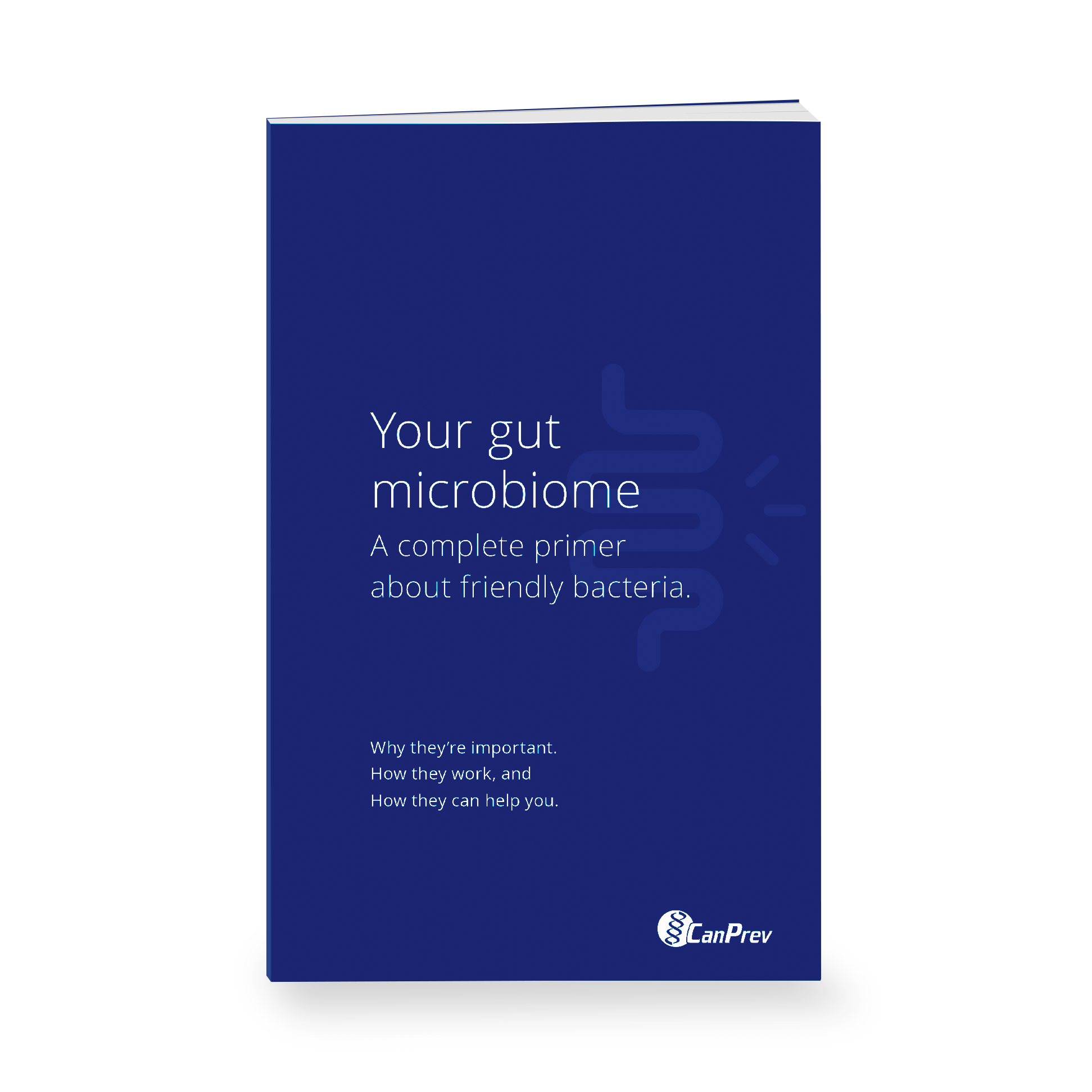Coenzyme Q10 (CoQ10) is a natural antioxidant, and with everyone from health gurus to beauty aficionados extolling its benefits on the heart, muscles, skin and hair it seems like it’s always on the supplement-du-jour list. But what is it, really, and why do we need it?
The skinny
CoQ10 is a vitamin-like, natural antioxidant that occurs naturally in the body and is found in every cell. Within the mitochondria (the powerhouse of the cell), CoQ10 is an important part of ATP synthesis, which creates energy for cellular function. That’s why organs with the greatest energy needs – muscles, heart, kidneys and liver – have a higher concentration of CoQ10.
CoQ10 is vital to keeping your body functioning properly, and a deficiency usually affects the heart first. Taking statins can inhibit CoQ10 activity and lead to further deficiency, making supplementation even more important.
CoQ10 is available in two forms: reduced (ubiquinol) and oxidized (ubiquinone).
They both sound awfully similar. How are they different?
You might recall the notion of redox from your high school chemistry class. It’s a short form for reduction and oxidation. A redox (reduction-oxidation) reaction refers to the process of transferring electrons between two molecules. If a molecule loses an electron during this transfer, it has been oxidized. If a molecule has gained an electron during this transfer, it has been reduced.
Ubiquinone and ubiquinol are a redox pair, with ubiquinone being the oxidized form and ubiquinol the reduced form. As the active form, ubiquinol has more electrons to give to free radicals, making it a better antioxidant. On the flip side, the oxidized property of ubiquinone is better suited for energy metabolism inside your cells.
So which should I take? Is one form actually better than the other?
Both ubiquinone and ubiquinol have roles to play, but thankfully, there’s no need to take both. The body smartly converts between the two forms automatically, depending which functions are in demand. However, after age 30, your body is less able to metabolize CoQ10 and convert it into ubiquinol. People with a genetic variation in NQO1 may also have trouble reducing ubiquinone to ubiquinol.
This powerful antioxidant can help protect your heart and other organs from free radical damage, and can also be taken as a migraine prevention. CanPrev Ubiquinol 100 delivers 100mg of active form CoQ10, formulated with MCT oil for enhanced absorption. While the body is capable of synthesizing CoQ10, ubiquinol is the more bioavailable form which may be a better option for some – particularly for those in at-risk populations. Foods rich in CoQ10 include fish and meats, and oils from soybean and sesame may provide additional benefit above and beyond supplementation.
Disclaimer:
This article is for the purpose of providing information only. It is not intended as the practice of medicine or the provision of medical services. This site does not provide medical advice; the content provided is not meant to be a substitute for medical advice, diagnosis or treatment. Always consult your provider or other healthcare professional with any question regarding any medical or mental health condition.







Hi there. I bought CanPrev’s antioxidant network. I’m confused because this article seems to suggest that Ubiquinol is the better form. Why does antioxidant network contain the other form (ubiquinone)?